Latest Posts
Many manufacturers now only produce QLC Flash Memory
I believe that many friends have noticed that QLC flash memory is gradually accelerating its developing pace: The next-generation 128-layer stacked flash memory developed by Yangtze Memory, will be first launched in the form of QLC, and Intel’s 144-layer flash will only have this form.
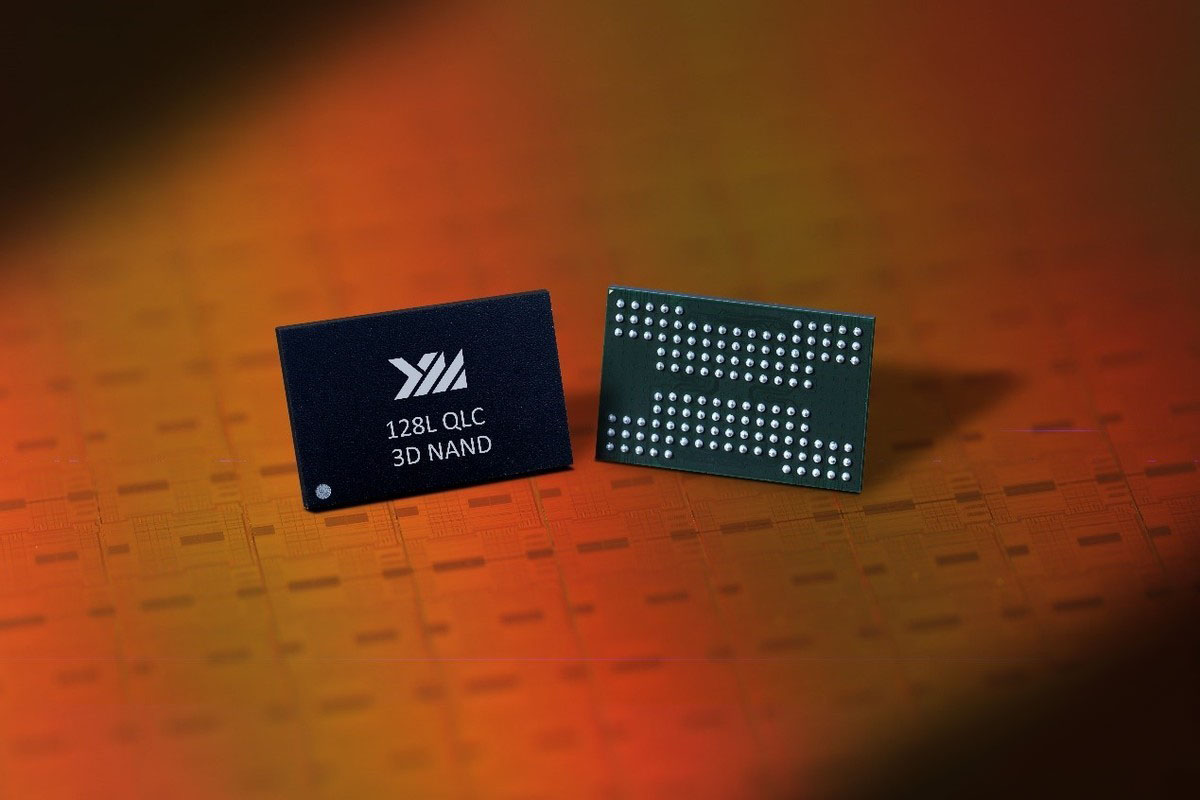
TLC supply
So, if I want to buy TLC flash solid state drives in the future, will it become an almost impossible task like finding MLC solid state drives today?
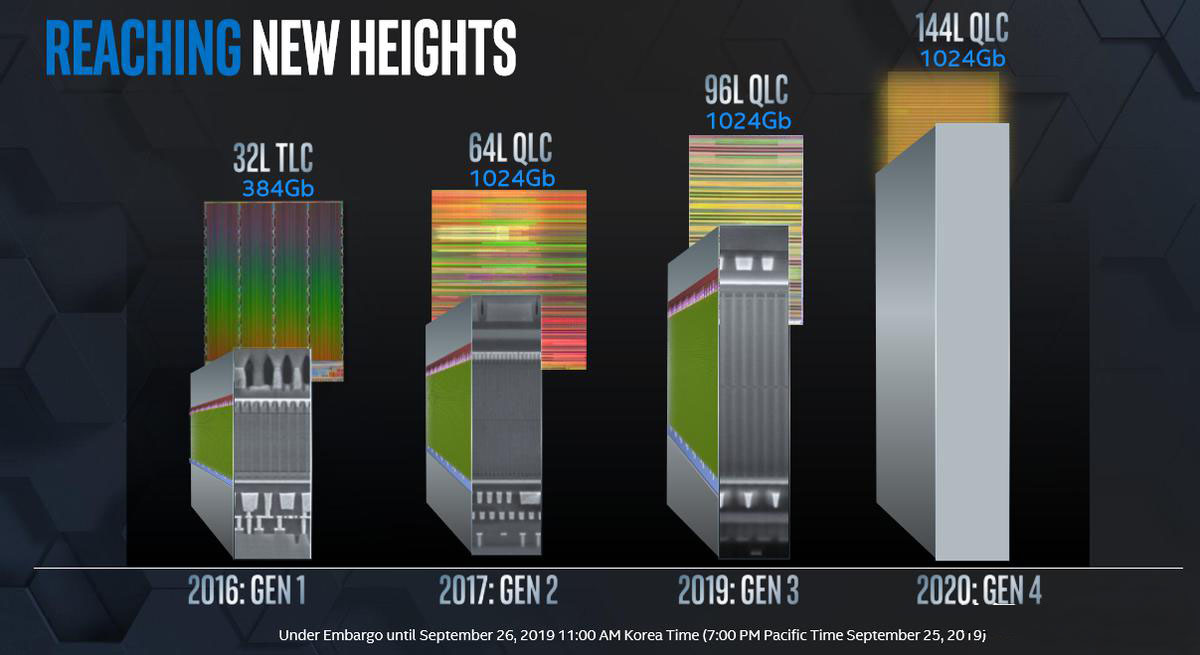
In fact, we don’t need to worry, TLC forms will not stop supplying in the short term. Although Intel only manufactures QLC flash memory now, some of its enterprise-level solid-state drive products still require the writing speed and durability that only TLC flash can provide. Let’s see how how Intel manages it.
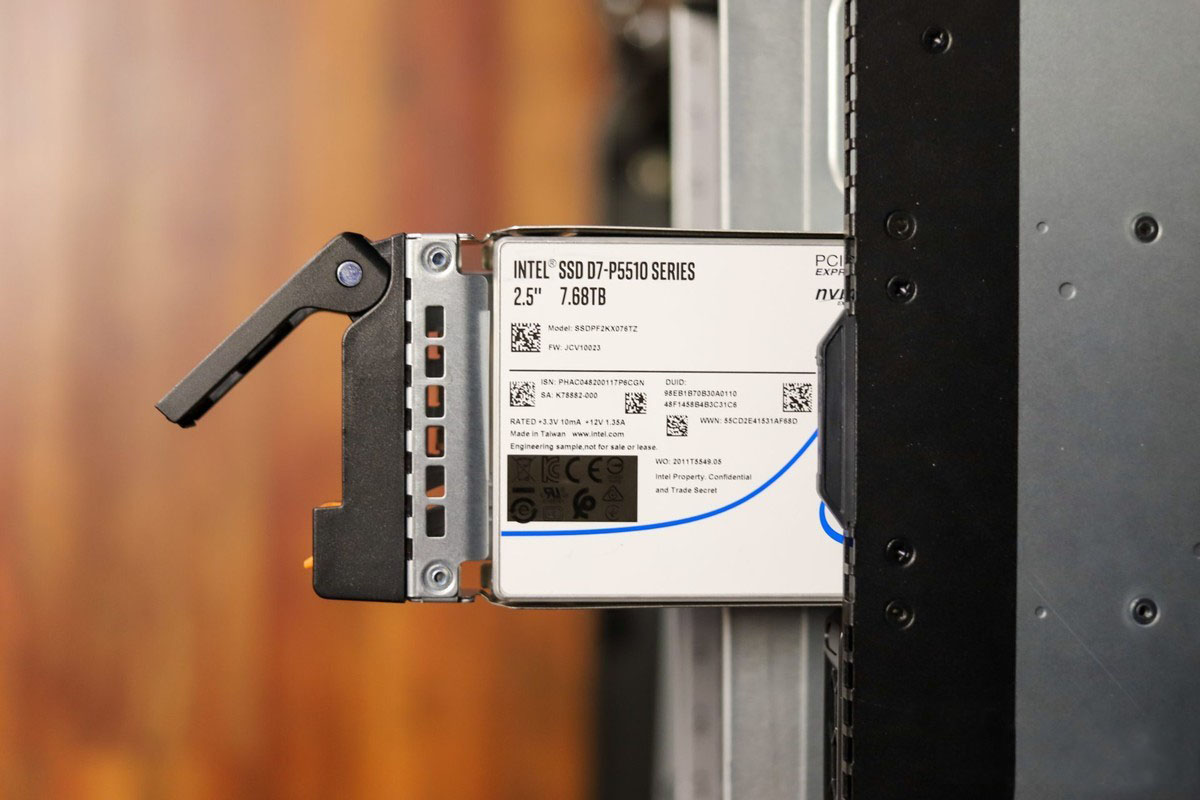
Intel’s enterprise level D7 series solid-state hard drives have a durability guarantee of 1DWPD, that is, it can write down a full disk capacity of data once a day during its 5-year warranty period. Although Intel 3D4 (that is, the fourth generation 144-layer stack) flash only has QLC form, D7-5510 seems to be an exception. It is externally rated as 3D4 and TLC. Where did this TLC come from?
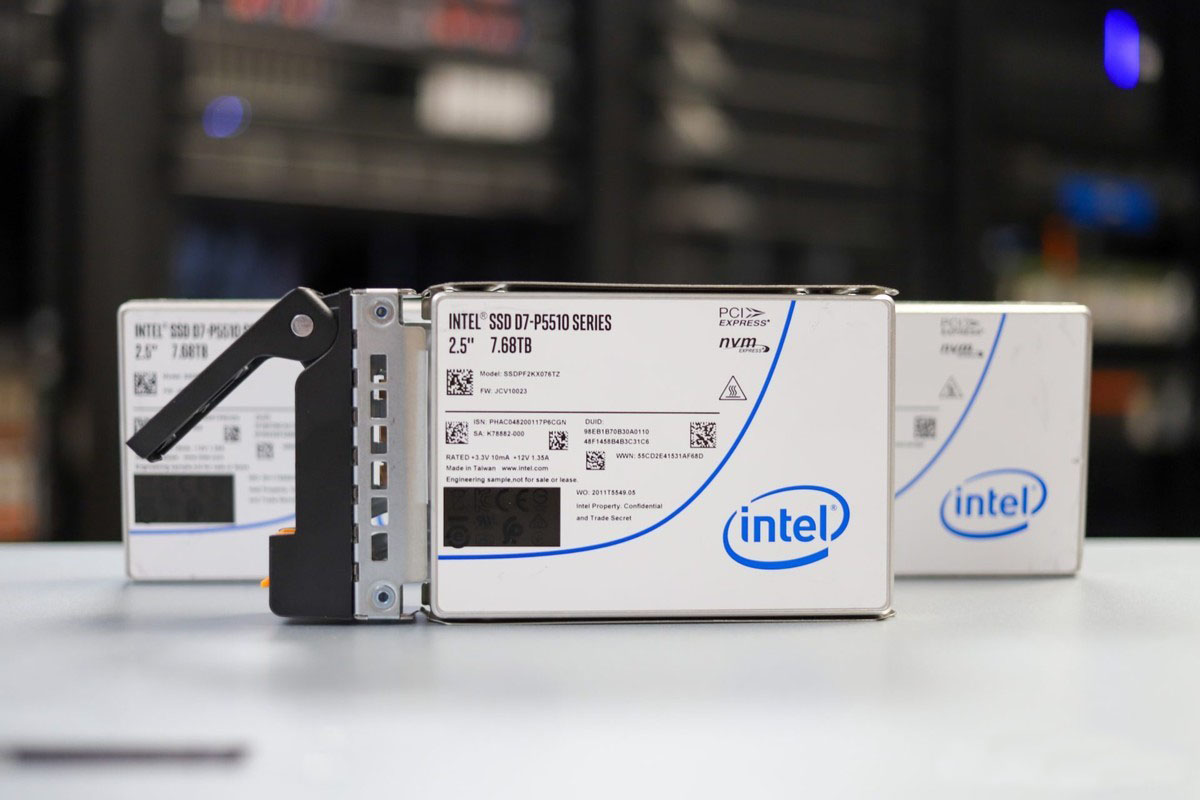
pTLC mode on QLC flash
It turns out that Intel has enabled the pTLC mode on QLC flash memory. In this way, it means that it makes QLC flash memory (each memory cell records 4 bits of data) to simulate the working status of TLC (each memory cell records 3 bits). The 7.68TB D7-P5510 in the picture above actually combined 6 8Tb flash memory particles and 10 4Tb particles together. Meanwhile it achieved a total of 88Tb QLC flash memory capacity. Please pay attention to the conversion between bit (b) and byte (B). Flash memory usually uses bits to measure its capacity, while solid state drives use byte to measure.
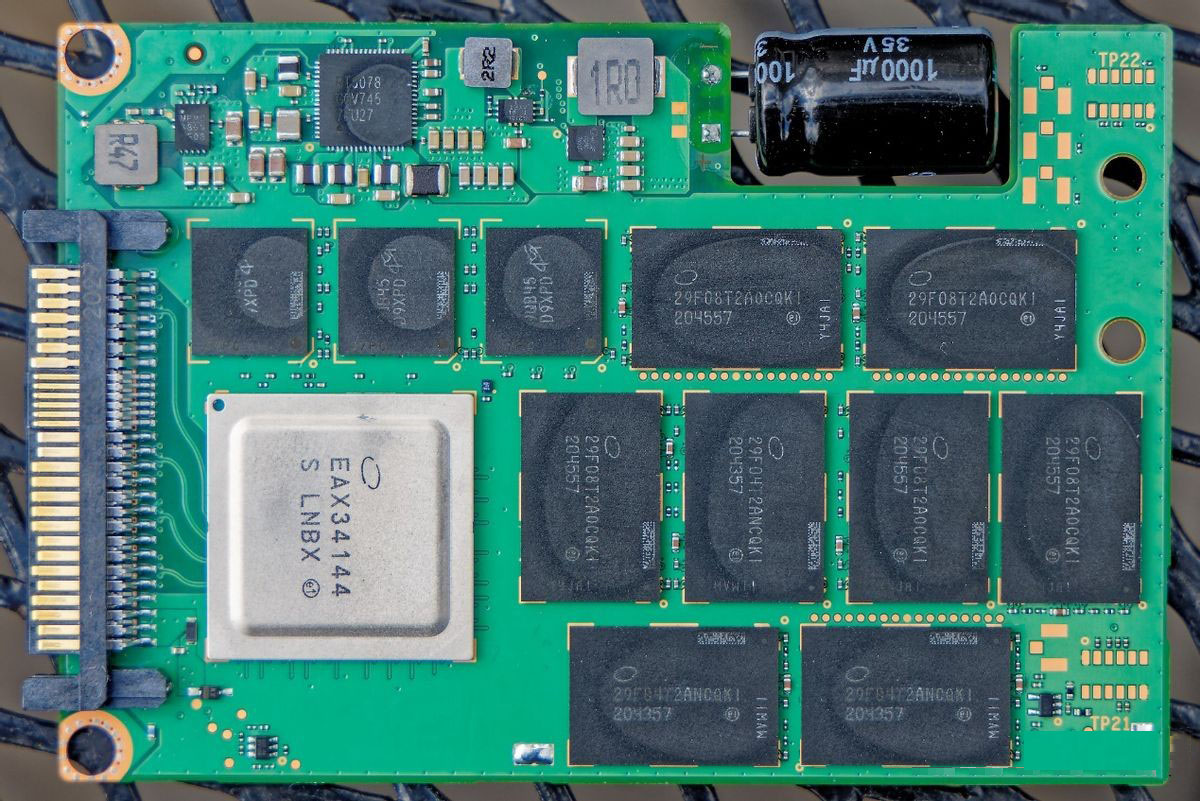
Its principle is similar to the principle of pSLC cache. We are familiar with the principle (in this example, QLC simulates constantly, not as a temporary cache). Also, it is simulating QLC into TLC will lose capacity. For instance, under pTLC mode, a 88Tb QLC only has 8.25TB available space. After deducting a certain percentage of OP redundant space, it only 7.68TB capacity remains available.
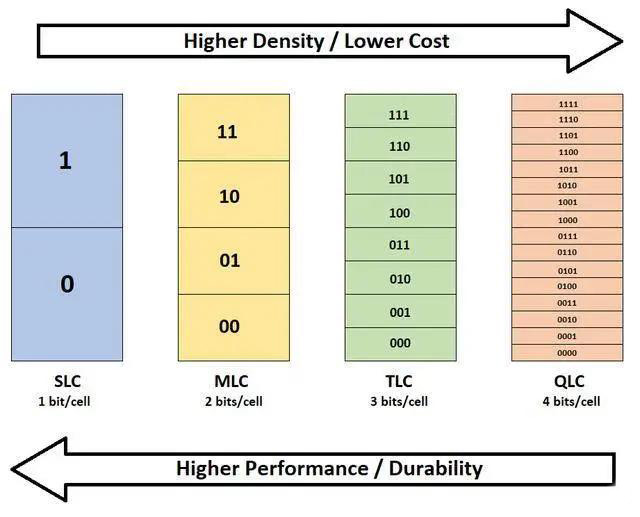
Even if the original manufacturers only produce QLC flash in the future, as long as we can simulate QLC flash memory as TLC or SLC. We can still achieve different writing performance/endurance goals in the solid state drive. ADATA recently launched Prospector series of solid-state drives. They choose the mode of permanently simulate QLC flash as SLC. They are sacrificing 4 times the storage capacity to meet the higher writing endurance. So does faster writing speed needs of Chia’s hard disk mining.











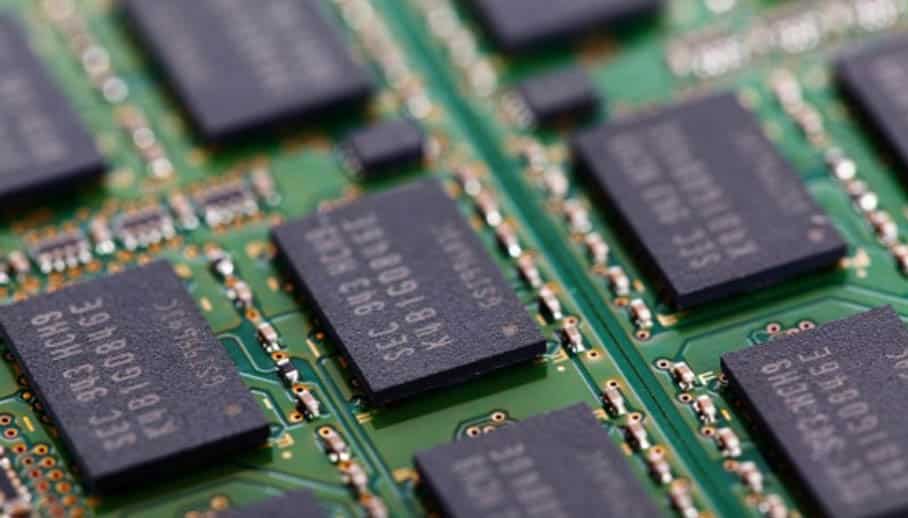
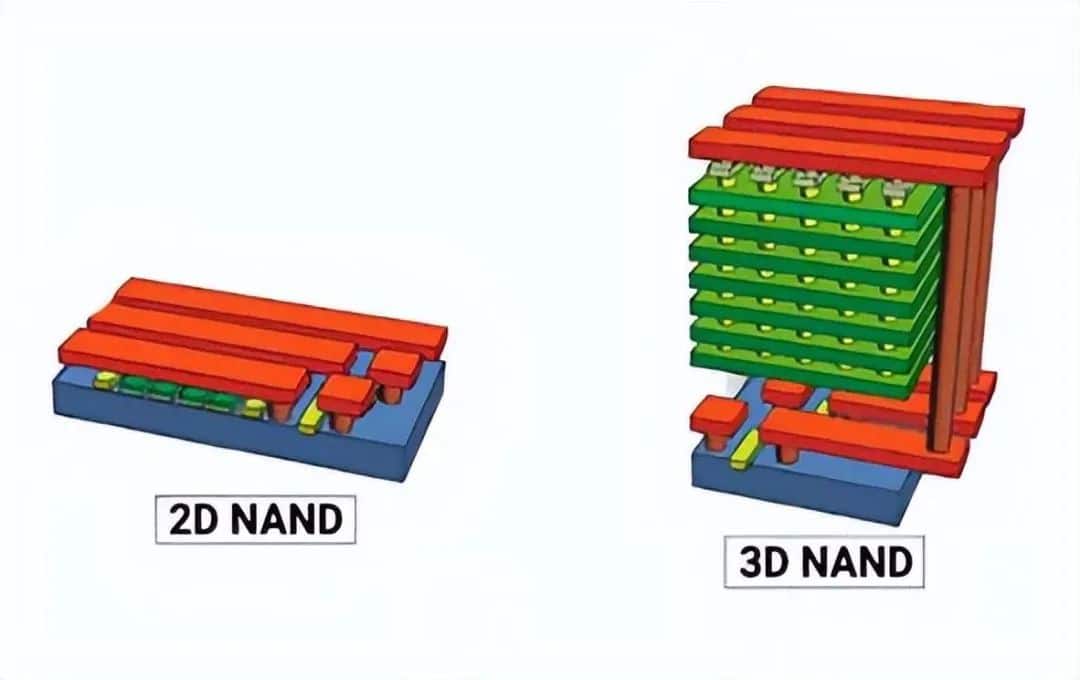
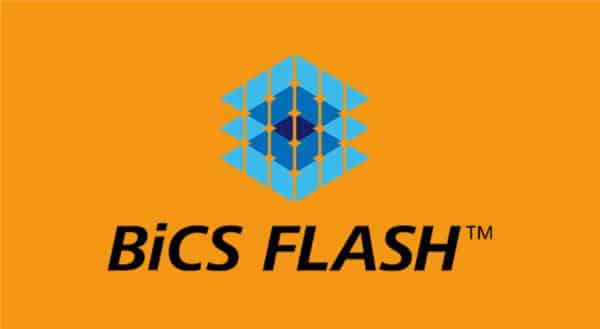

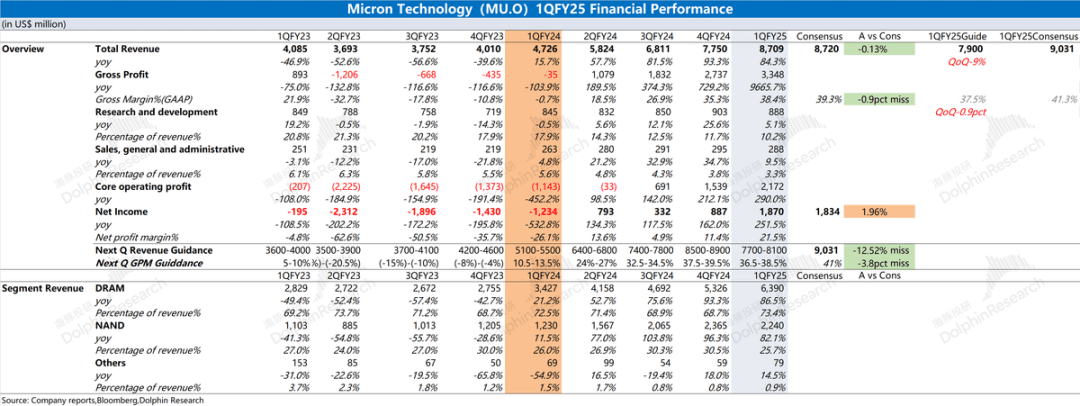
Leave a comment